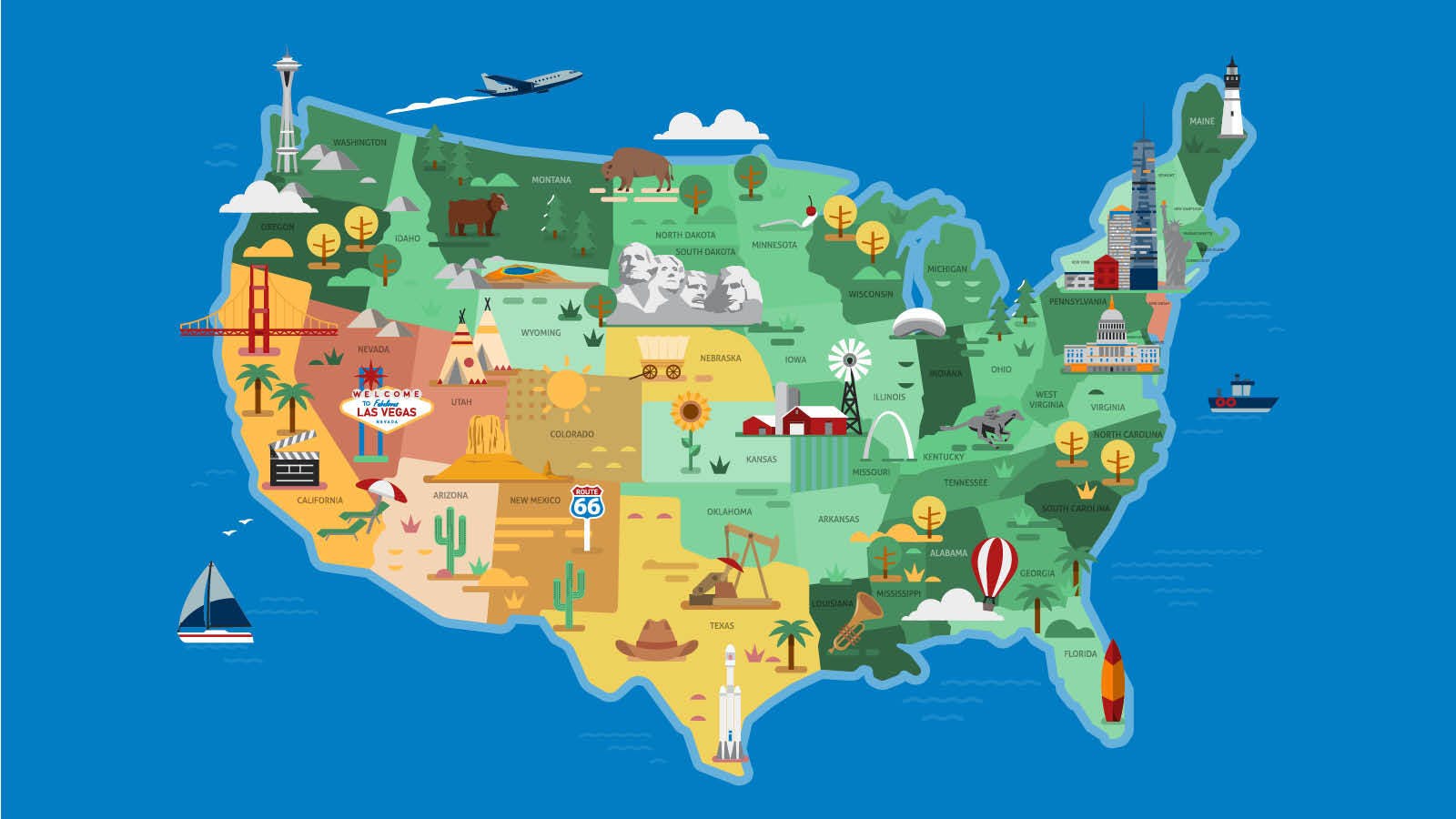We can all be thankful for the modern convenience of online shopping and doorstep delivery these days. But, in your excitement to book that timely delivery window or to order the household staple that’s starting to run low, don’t forget to protect your sensitive information. Fraudulent companies and identity thieves have the potential to wreak havoc on your finances. Luckily, a few simple precautions can help thwart most cyber criminals. Here are seven tips to ensure safe online shopping.
Secure your SSN
Your unique nine-digit Social Security number, used to gain employment, collect Social Security benefits and access other government services, should never be shared unnecessarily. According to the Social Security Administration, a dishonest person who has your Social Security number can apply for cards or loans under your name, wrack up debt and seriously damage your credit. Reputable sites will never require a social security number for standard purchases. If a site seems a little too interested in your personal details, close the window immediately.
Browse in private for safe online shopping
Never use a communal computer to complete online transactions. Many websites will save login information, credit card numbers and more, and you never know how nefarious the next user may be. Even after logging out, keylogger software can record keystrokes, providing hackers with usernames, passwords and financial information. Your personal computer also isn’t completely secure, as public wireless networks can be vulnerable to hackers. If possible, do all shopping at home and on your own computer, via a private WiFi connection.
Install and maintain antivirus software
Antivirus software scans computer files and memory for patterns that indicate the possible presence of malicious code. If you haven’t already, find and download a program from a reputable vendor. Make sure you visit the company’s site directly and avoid clicking on advertisements or email links. While you’re at it, consider updating your browser and operating system! If you’re not particularly techy, all of these updates can be set to automatic.
Look for the lock
When it’s time to enter your information, look for a locked padlock icon to the left of the URL in the address bar or the status bar down below, depending on your browser. This symbol means that the site uses an encryption system to scramble your data. An extra ‘s’ at the start of the page’s address, so https:// rather than http://, also indicates encryption. This doesn’t mean your data is totally safe, but it’s a quick and easy check for a little more peace of mind.
Crack-proof your passwords
Goodbye, ‘password1234′! According to the Cybersecurity and Infrastructure Security Agency (CISA), strong passwords are lengthy, varied and can’t be found in any dictionary of any language. A good rule of thumb is a mix of numbers and letters, both uppercase and lowercase, and at least one symbol. You’ll want to avoid passwords based on personal information, like your birth date or first name. Also, set a different password for each and every site you frequent. If someone cracks one password, you don’t want them accessing everything.
Opt for credit
When making an online purchase, you may want to reach for the credit card. The Fair Credit Billing Act (FCBA) ensures you aren’t responsible for fraudulently opened or used accounts when it comes to credit cards. If your credit card information is stolen and used, your liability is capped at $50, and many credit card issuers won’t even charge you that. Fraudulent purchases with a debit card, however, may have a different impact. Depending on when the card is reported missing, you could potentially be liable for the entire amount.
Go with your gut
Betting on a shady site is never worth the risk. If you don’t feel comfortable and confident on any website, put the plastic away. No purchase is worth a breach of your security.
Published on December 10, 2019


